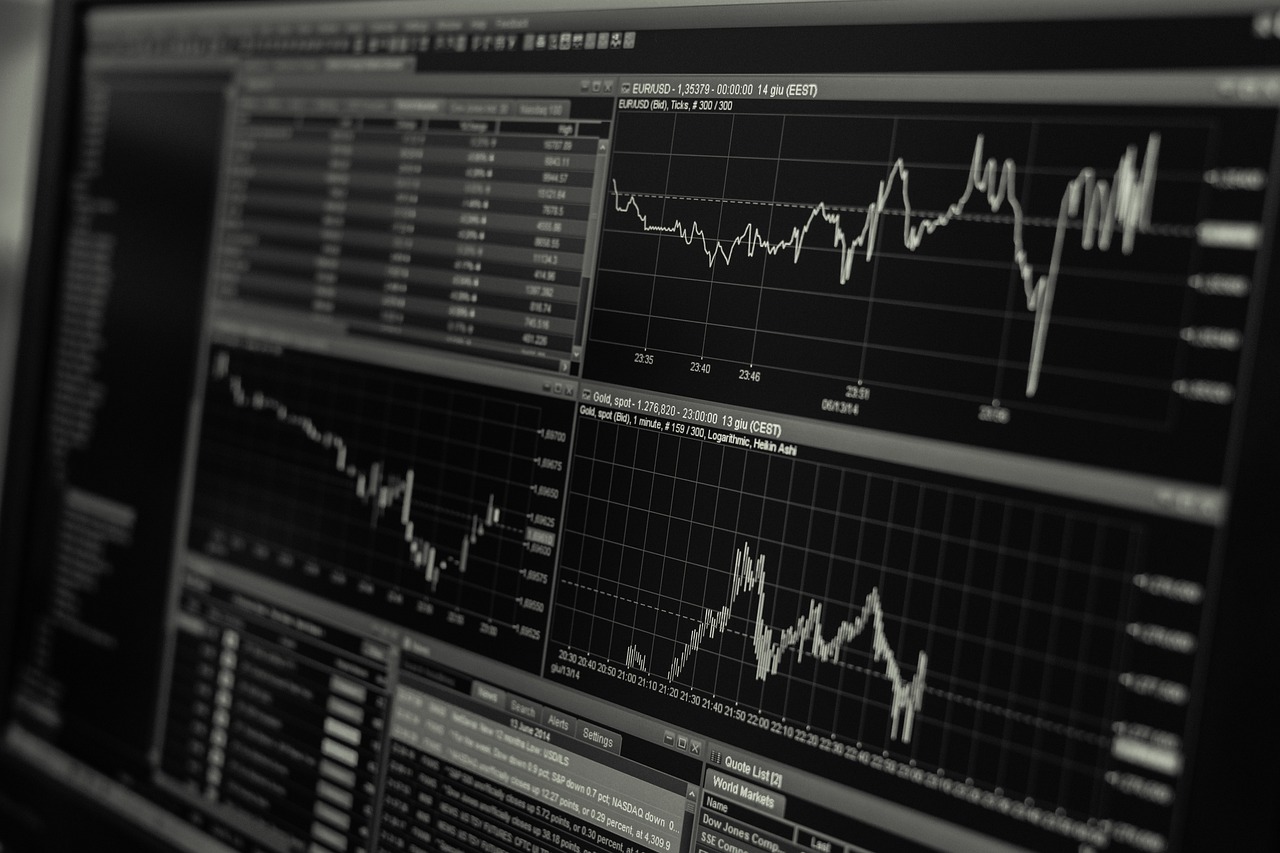The stock market has been on a wild ride lately, with investors grappling with the uncertainty of both an ongoing pandemic and political turmoil. But there’s another force at play that’s causing concern: systemic risk. This elusive concept refers to the risk of widespread failure across multiple systems, which could have catastrophic consequences for entire markets or economies. Some analysts argue that mounting concerns about systemic risk are taking their toll on the bull market – but what does this mean for your portfolio? In this post, we’ll explore why fears over systemic risk are sending shockwaves through financial markets and how you can protect yourself against potential fallout.
What is systemic risk?
When most investors think about risk, they focus on the potential for individual investments to lose money. But there’s another kind of risk that can have an even bigger impact on your portfolio: systemic risk.
Systemic risk is the risk that a problem with the financial system as a whole will cause widespread losses in the market. This can happen when there’s a major financial crisis, like the housing market crash in 2008. Or it can happen when there’s a sudden change in economic conditions, like an interest rate hike or a currency crisis.
Systemic risks are often hard to predict, which is why they can be so dangerous. And since they can affect the entire market, they can have a big impact on your portfolio even if you don’t own any of the assets that are directly affected by the problem.
That’s why it’s important to diversify your portfolio and keep an eye on systemic risks when you’re planning your investment strategy. By diversifying, you can reduce the overall risk of your portfolio and protect yourself from big losses if there is a systemic problem with the market.
How has the pandemic increased systemic risk?
The Covid-19 pandemic has increased systemic risk in a number of ways. First, it has created an unprecedented health crisis that has put immense pressure on healthcare systems around the world. Second, it has resulted in widespread economic disruption, with businesses shutting down and millions of people losing their jobs. This has led to a sharp increase in debt levels for both households and governments.
Third, the pandemic has exacerbated existing geopolitical tensions, particularly between the United States and China. Fourth, it has highlighted the vulnerabilities of global supply chains. And fifth, it has demonstrated the importance of effective policy responses in dealing with systemic risks.
Systemic risk is the risk of an event or series of events that could lead to the collapse of the financial system. The Covid-19 pandemic has increased systemic risk in a number of ways. First, it has created an unprecedented health crisis that has put immense pressure on healthcare systems around the world. Second, it has resulted in widespread economic disruption, with businesses shutting down and millions of people losing their jobs. This has led to a sharp increase in debt levels for both households and governments.
Third, the pandemic has exacerbated existing geopolitical tensions, particularly between the United States and China. Fourth, it has highlighted the vulnerabilities of global supply chains. And fifth, it has demonstrated the importance of effective policy responses in dealing with systemic risks.
What does this mean for your portfolio?
Systemic risk is the possibility of a financial system collapse. This can happen when the interconnectedness of the system amplifies the effects of a shock to one part of the system. A systemic risk event could cause a domino effect, leading to the failure of banks, businesses, and investors.
The current financial system is very interconnected. For example, large banks have loans with other large banks. If one large bank fails, it could bring down other banks with it. This domino effect would lead to a decrease in lending, which would hurt businesses and consumers.
Investors should be aware of systemic risk when making investment decisions. They should diversify their portfolios and avoid putting all their eggs in one basket. By diversifying, investors can protect themselves from losing everything if there is a systemic risk event.
5 ways to protect your portfolio from systemic risk
Systemic risk is the possibility of a financial market meltdown due to the interconnectedness of markets and institutions. It’s the risk that a problem in one part of the system will spread and cause problems in other parts.
The recent sell-off in stocks has been driven by fears of systemic risk. The problem is that when investors get spooked by systemic risk, they tend to sell everything, regardless of whether it’s actually at risk.
This can have devastating consequences for your portfolio. If you’re holding good stocks that are not actually at risk, you could see them plummet in value as investors dump them in a panic.
So how can you protect your portfolio from systemic risk? Here are five strategies:
1. Diversify your portfolio across different asset classes. This will help ensure that if one asset class falls sharply, you’re not completely wiped out.
2. Hold some cash or cash equivalents. This way you’ll have some liquidity to take advantage of opportunities that arise when markets are down.
3. Use stop-loss orders on your stock positions. This will limit your downside if the market starts to fall sharply.
4. Be selective with your investments. Avoid buying into companies with high levels of debt or those whose business model is dependent on continued economic growth. Instead, focus on quality companies with strong fundamentals that can weather a downturn.
Conclusion
Systemic-risk fears have created a wave of uncertainty, which has led to investors becoming more cautious. This fear is causing some to abandon the bull market and take shelter in safer investments. As an investor, it’s important to stay abreast of any such risks that could affect your portfolio and be prepared with contingencies so that you do not get caught off guard by any rapid changes in the markets. With careful planning and diversification strategies, you can protect yourself from systemic-risk and ensure maximum returns on your investments.









